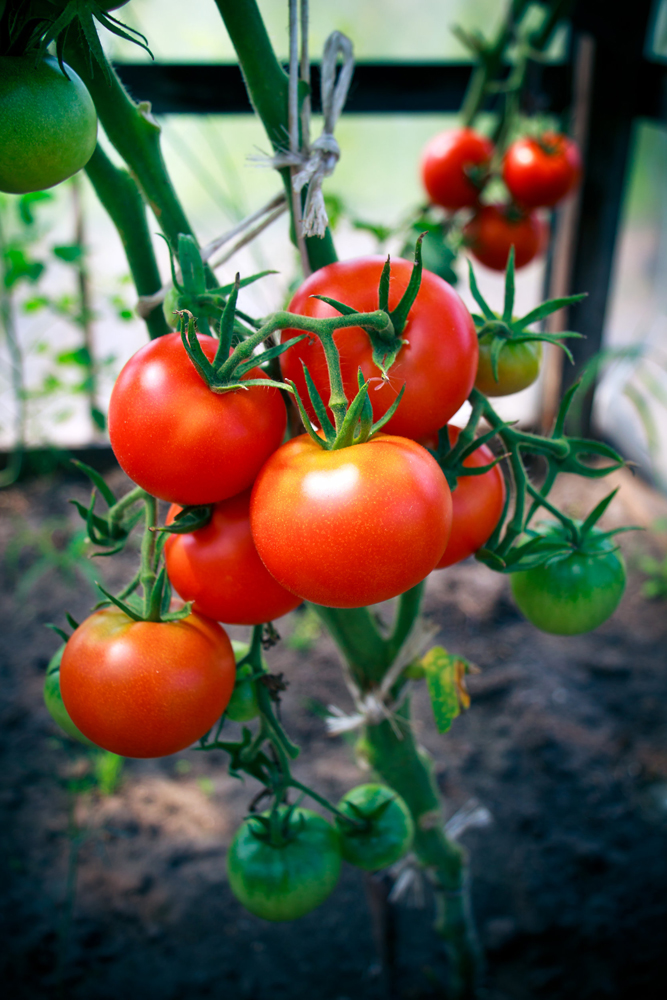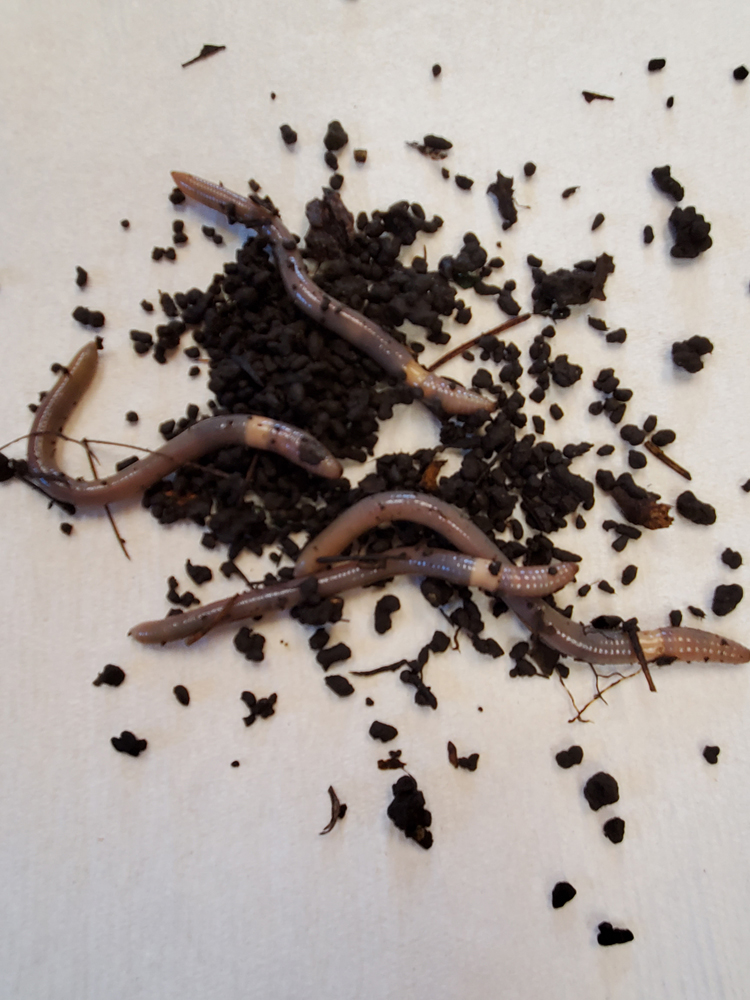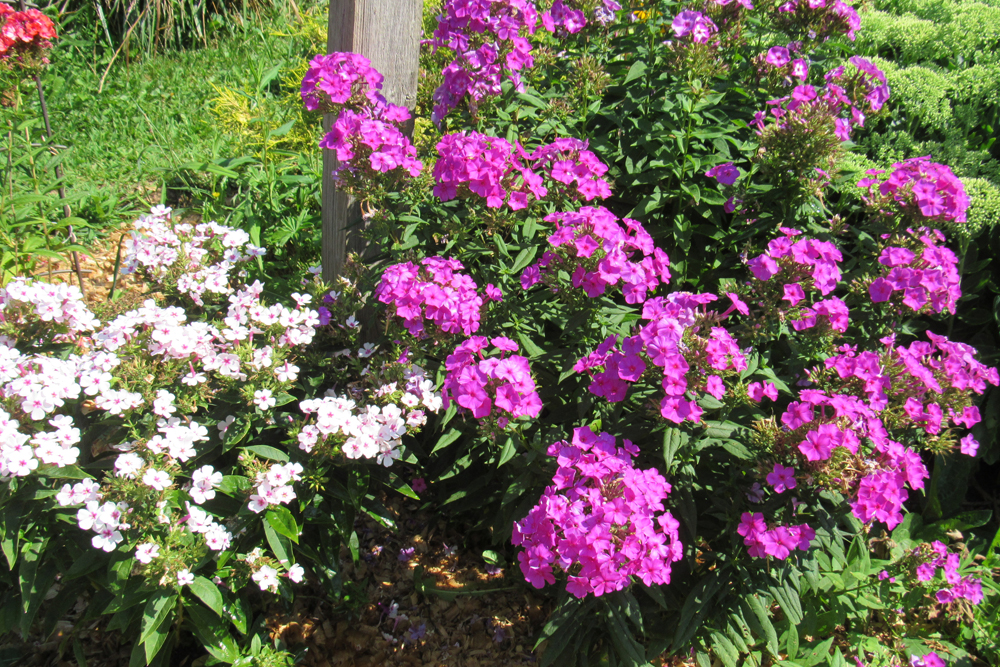Tips for first time vegetable gardeners
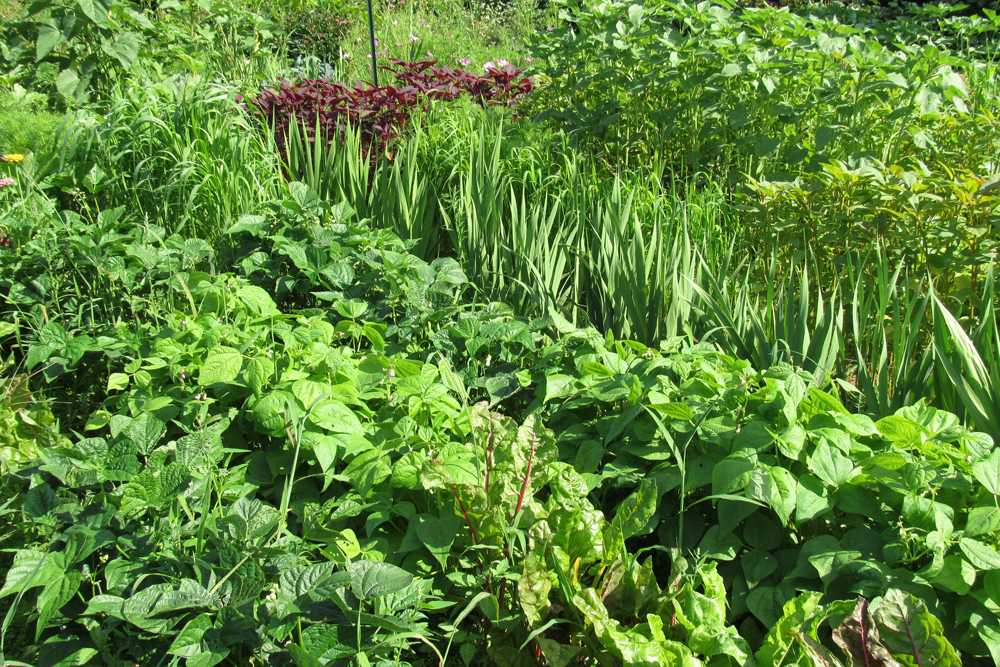
Happy May Day and Happy May! If you have decided to plant a vegetable garden for the first time this year, or if you haven’t had a garden in a while and would like to enjoy your own, fresh, homegrown veggies again – here are a few tips.
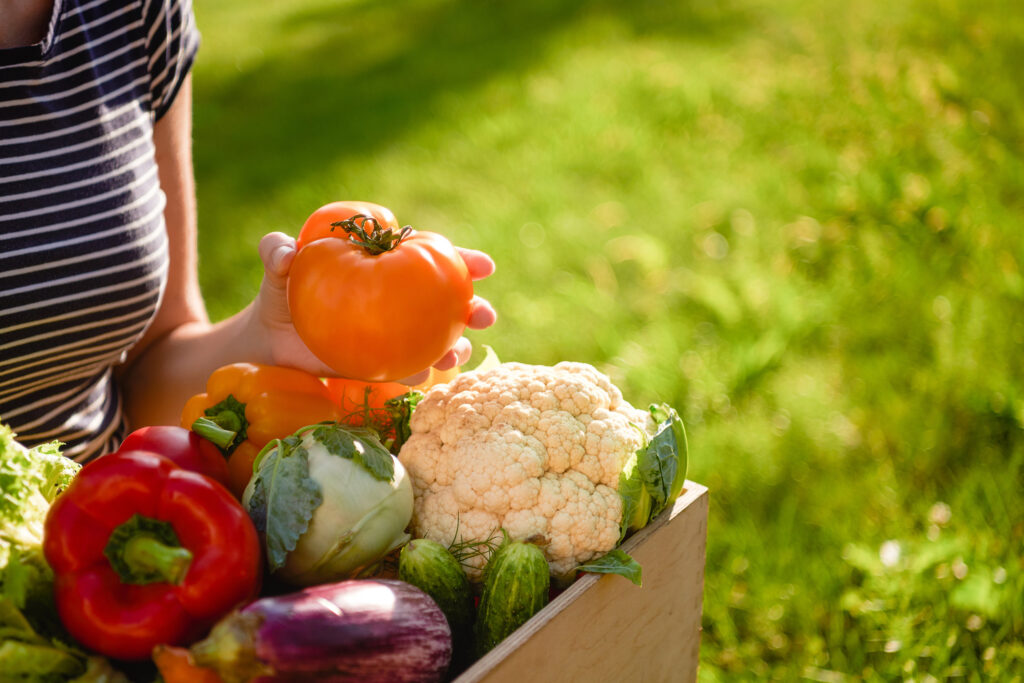
It is always best to start small. Six feet by six feet is a good starting point for a small vegetable garden, and if you feel you need more space, consider growing extra veggies in containers. Grow what you love. Grow what you enjoy preparing. Veggies that you enjoy cooking and eating should be a priority in the garden. You can experiment with new and exotic choices after you get your feet wet for a gardening season or two. Instead of garden beds, you can start out with just containers and a couple kinds of veggies and see how it goes. Assess how things went after the first growing season and consider expanding your garden next year.
If you grow tomatoes, peppers, or squash, once they start producing – they will continue to produce through the rest of the season. If you grow crops like carrots or corn, you will get a single harvest per plant and may want to consider succession planting – planting the same crop repeatedly over the span of several weeks. You can plant sweet corn every two weeks until early July, for example, to extend your harvest. Crops like salad greens can easily be grown in containers and harvested several times before fresh seeds need to be sown. You can think seasonally – peas and radishes will grow and mature quickly for late spring and early summer harvesting. Crops like potatoes, cabbage, and winter squash will be harvested in the fall and can be stored for use throughout the cold weather months.
Crops like peas, beans, and even summer squash can be trained on trellises and grown vertically. This can help improve plant health and open up additional space in your garden for other crops.
Consider your garden layout. You can plant in narrow rows; but, you can increase your productivity by utilizing intensive cropping. Use wider rows of about four feet and space two or three plants close together in groups down the wide row. Sow seeds or place transplants so that their leaves will just touch when the plants are mature. Mix veggies with similar sizes and needs and add flowers to attract pollinators. Square-foot gardening is another form of intensive planting that involves dividing a four-foot by four-foot garden bed into one-foot squares using a physical grid such as lattice strips. Plant according to this formula: one extra large plant per square; four large plants per square; nine medium plants per square; and 16 small plants per square. The purpose of intensive planting is to make more efficient use of your garden space.
Vegetables need healthy, rich soil to grow their best. Your garden soil should be dark, crumbly and full of life. Adding organic matter – such as compost – will improve any type of soil. Before planting, spread organic matter and any other amendments on the soil and incorporate them with a tiller or spade. Avoid compacting the soil by not walking on it after tilling. Rake the surface smooth and water. Wait a few days before planting seeds or transplants.
